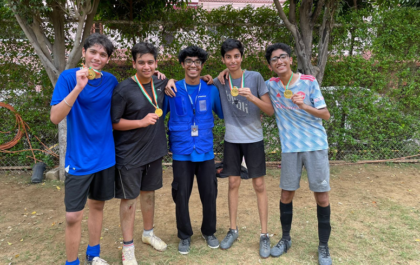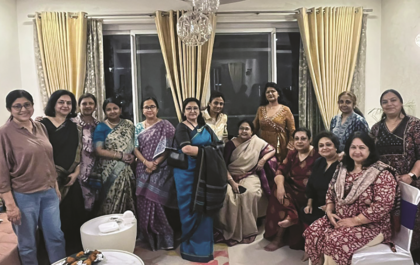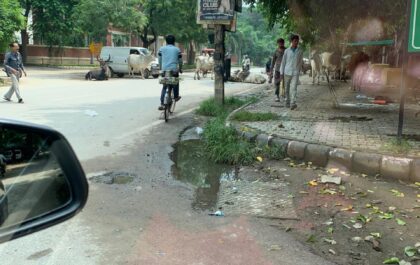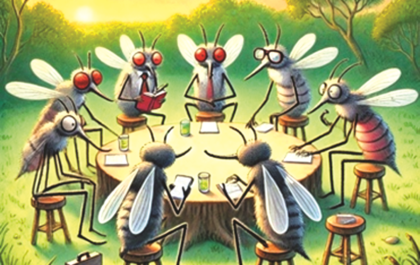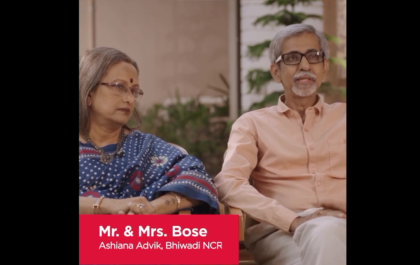As per practice, All India kitchen garden association unit 8 met for their monthly meet at Family Point restaurant at Adchini. Smt Illa Sharma was the guestspeaker. Topic of discussion was “Enhancing Bio Enzymes – A Chemical Free Revolutionp”.
Ila ji has been featured in our community news lettet Samvada for wholesome gardening. She is well known in the gardening circle. Recently she was featured in coffee table book named The Magic and Magicians of Niche Gardening by Resham Ratna. The first chapter features her, where she talks about adenium. Illaji is known as the adenium queen amongst plant lovers and has one of the best collection of these beautiful desert roses, another name for adeniums. The book launch was at IHC New Delhi.
Now we start with elIllaji’s knowledgeable lecture on bio enzymes in a very simple style which is understandable by laymans and therefore more popular.
What is Bio Enzyme
Specially prepared organic solutions of fermented fruit/vegetable peels or flower petals are called Bioenzymes(BEs). It can be made easily at home, and is eco friendly too! BE is extremely beneficial not only for our homes and gardens, but for the environment, in general. BEs are being used to clean ponds and rivers too.
How to make BE?
• 300g peels of fruits & vegetables (Citrus, pomegranate, banana, or even a mix of fruits and vegetables) or 300g petals of any flower (marigold, chrysanthemum, rose, …)
• 100g jaggery
• 1 litre water
Put the exact proportions of the above in a clean 2 litre plastic Cola bottle. Close the cap and shake to mix well. Mark the bottle with the date and material used. Keep the bottle where you can see it – in a cool, dry, and dark place. NEVER near a window or in sunlight.
Gases will start to form which have to be released regularly or the bottle may burst. Unscrew the cap of the bottle a little everyday to release the gas which is formed. DO NOT remove the cap completely. Any air that is introduced inside can cause fungus growth. Do this everyday for the first 2 weeks. After 10-15 days, when gas buildup reduces, release the gas once every 5-7 days. Do this until there is no more gas formation.
After three months the peels, petals etc. will be absorbed and extra will settle on the bottom. Strain the liquid and fill in a clean, dry bottle. Make sure you label the bottle with date and ingredients.
How to use BE in gardening
In the garden, BEs can be used as
• Foliar Immunity booster spray by improving photosynthesis (10 ml BE in 1 litre water)
• Soil conditioner by improving a plant’s intake of nutrients (20 ml BE in 1 litre water)
• Pesticide spray (30 ml BE in 1 litre water)
Once you prepare the dilution for your specific use, let it rest for 24 hours before using it.
How can we use the residue ?
Use the residue to clean your toilets and kitchen. A dilution of BE with water can be used as a multi-purpose cleaning agent in your homes. Replace your chemical cleaning agents with BEs.
At the end of the talk everyone was spell bound by the simple techniques by which kitchen garbage can be used in a most productive manner, even the residue can be used to clean the kitchen and toilets. It becomes a multipurpose cleaning agent. Good lesson for housewives to replace chemical cleaning agents with bioenzymes.
Madam Illa was thanked profusely for sharing her mastery in gardening with AIKGA members openly. There after it was the hostess’es turn to satiate the hunger of all present. It was a good job done.
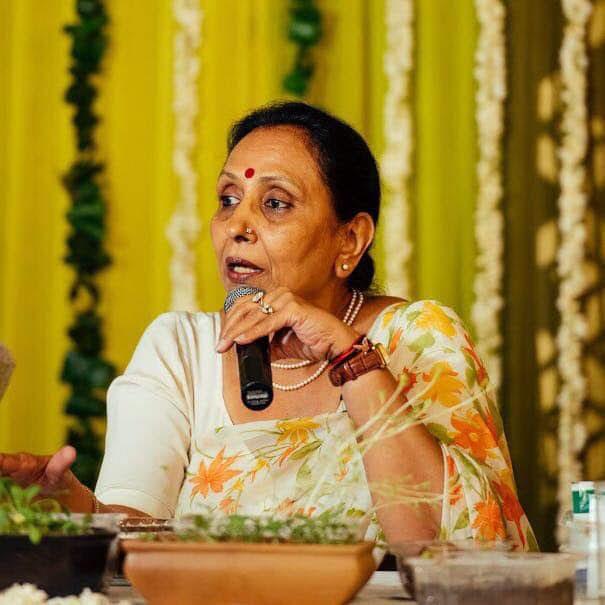
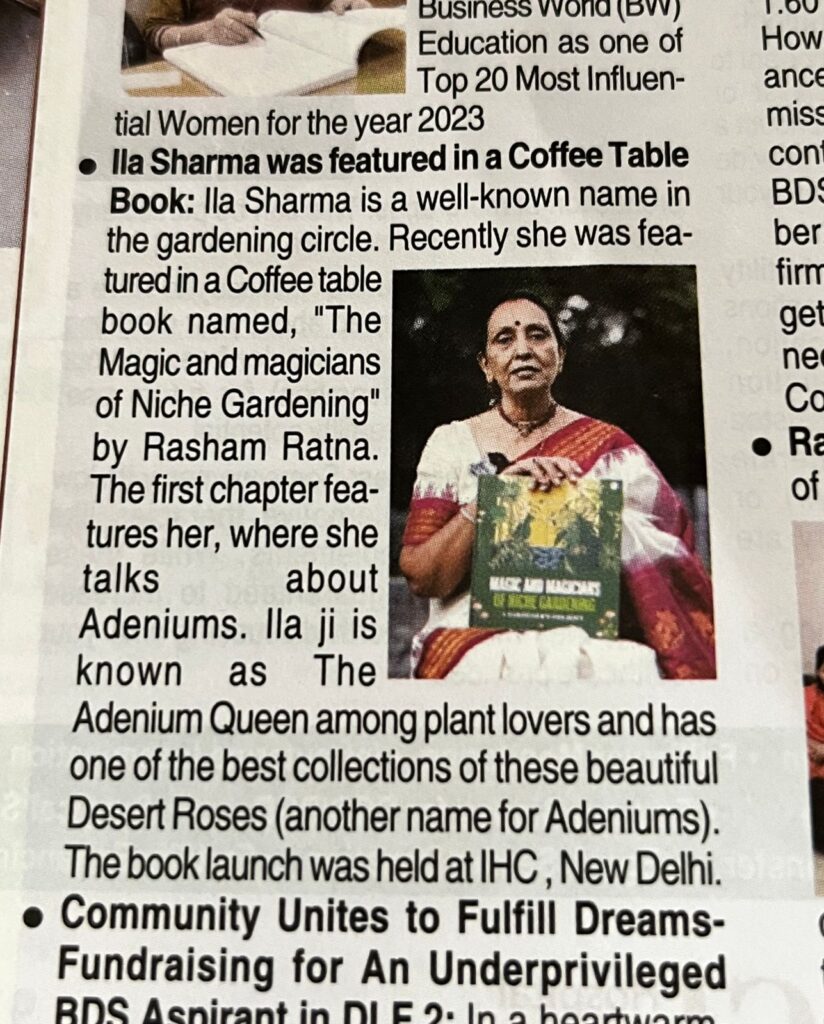
Popular Stories
Football Tournament @Princeton
More Than a Festival: The Art and Power of Durga Puja
Personality of the Month- ‘Dr Usha Mediratta’
Stray Cattle Menace In Front of Galleria
The Chronicles of Malibu Towne: A Mosquito’s Tale
“Senior Living Is Not An Old Age Home” say Mr & Mrs Bose
Recent Stories from Nearby
- Children’s Day In Balwadi November 26, 2024
- “Complete Wellness” -PLWA November 26, 2024
- Unattended Car Causing Dirt and Health Concerns Outside Power Station November 26, 2024
- Radha Krishan Mandir Updates November 19, 2024
- My Game Stall in JCO Diwali Mela November 19, 2024


